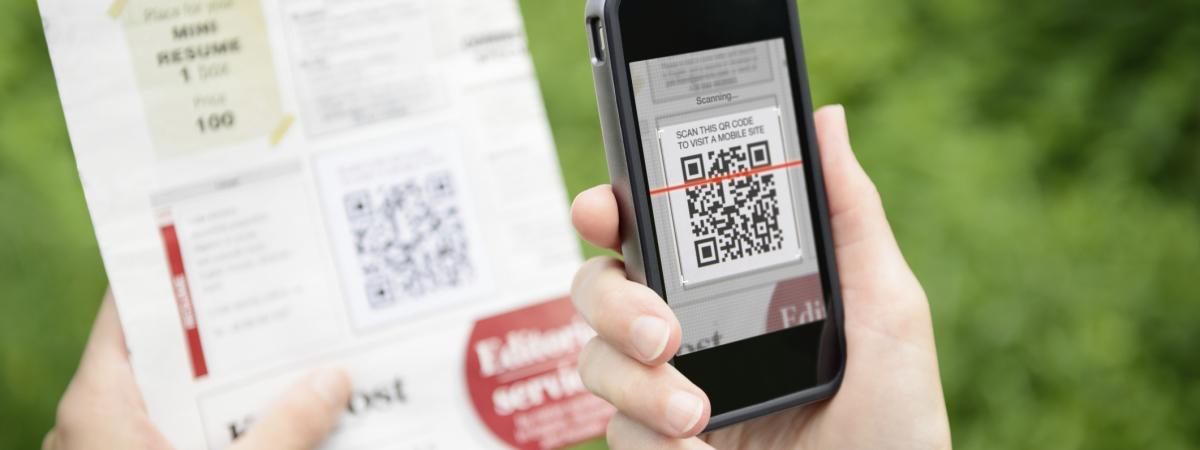Are QR Codes Dead or Are They Still a Thing?
Have you ever noticed a pixelated square box on an advertisement, product or direct mail piece? Over the last decade, QR codes have grown from a special barcode used by Japanese automotive manufacturers to a useful, powerful tool for marketers.
QR codes are scannable matrix barcodes that can be used to deliver users to online content such as apps, landing pages and social media profiles. With the rapid rise of smartphones, they’re the perfect tools for blending offline and online marketing.
At the same time, they’re a technology that’s been said to be on the decline by a wide range of marketing commentators.
Are QR codes dead, or are they still a thing? While QR codes are frequently misused by marketers, they can be powerful and highly effective tools for enhancing a direct mail campaign’s results when used properly.
When should you use a QR code?
When used effectively, QR codes can take a challenging task – for example, typing a long URL using a touchscreen smartphone – and turn it into a quick scan that takes just a few seconds.
QR codes are fantastic for driving offline recipients of your direct mail postcards to online resources. By scanning a QR code, a recipient can be sent straight to a custom landing page, digital coupon, downloadable app or online order form.
In short, QR codes are great tools for shortening what would otherwise be a longer, more complex process into a simple one. If the process of responding to your offer involves multiple steps, a QR code can reduce it to just one or two.
This makes a QR code a great addition to your direct mail campaign if your goal is to get recipients to take action online. Many people will hesitate if they need to type in a long, complex URL, but will happily scan an obvious QR code.
When shouldn’t you use a QR code?
QR codes are great tools for simplifying complex processes. If your offer requires a long and complex response process, a QR code offers serious value. If your offer is easy to respond to, a QR code can often create more confusion than simplicity.
For example, many marketers use QR codes to let customers make a direct phone call without having to type in a phone number manually. This is an issue that just doesn’t need to be solved, since typing a phone number is already simple.
Other marketers use QR codes to direct users straight to their website’s homepage rather than a custom landing page. Since typing in a short URL is simple, even on a touchscreen phone, this isn’t the most effective way to use a QR code.
It’s a good idea to offer several ways for recipients to claim your offer. However. If adding a QR code to your direct mail postcard or brochure doesn’t add additional value, it may create confusion for recipients instead of helping them.
Best practices for using QR codes
Are you considering using a QR code in your next direct mail campaign?
Apply these five best practices to get the best results from your QR code and help your campaign achieve the highest possible response rate:
1. If possible, personalize each recipient’s URL (and code) so that you can use custom values on their landing page.
2. If you’re mailing to an audience that may not be familiar with QR codes, put instructions for scanning the QR code on your direct mail piece.
3. Make sure the QR code isn’t placed too close to other page elements, as other images or text could make it harder to scan.
4. Check that your website is optimized for mobile, as the majority of recipients will scan your QR code using a smartphone or tablet.
5. Don’t only use a QR code as your response method, since many people will prefer to contact you via email, phone or by typing your URL manually.

